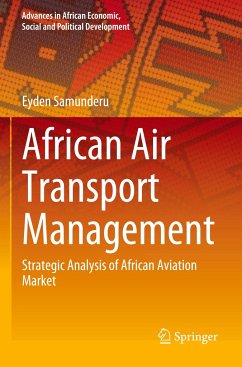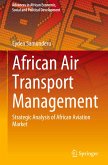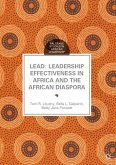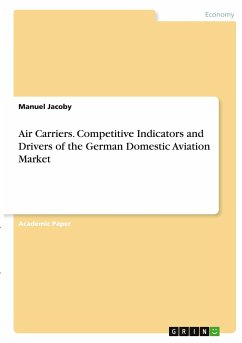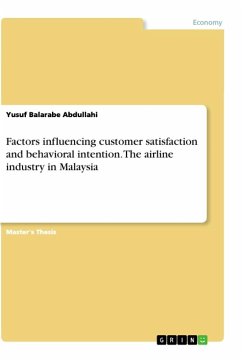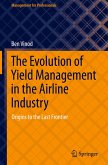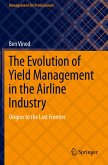Drawing on well-grounded theories, research applications and real-world case studies, it examines competition dynamics, interconnectivity, the growth of low-cost carriers, and demand patterns in air transport for both passenger and cargo traffic. It also presents an expert analysis on the introduction of the Single African Air Transport Market (SAATM), made possible by the liberalization of the air transport market, from a regulatory perspective. Based on the results of the analysis, the book evaluates both the benefits and limitations of an open skies agreement. Furthermore, it shed lights on the challenges and complexities of African public infrastructure investments and airport financing, discusses the impact of COVID-19, and provides strategic recommendations for airlines.
The book is aimed at professionals in aviation and airline industries and students interested in the African air transport market.

